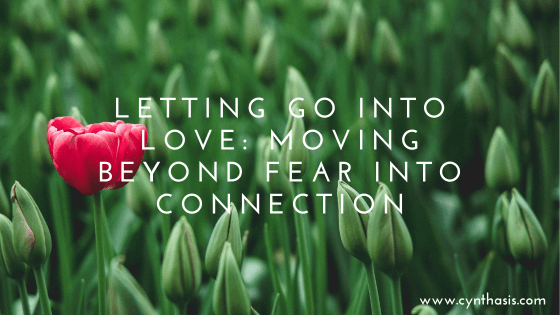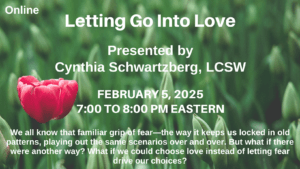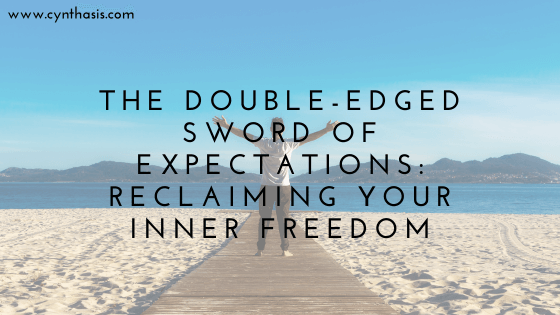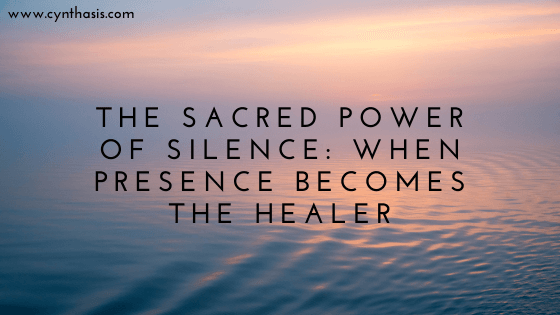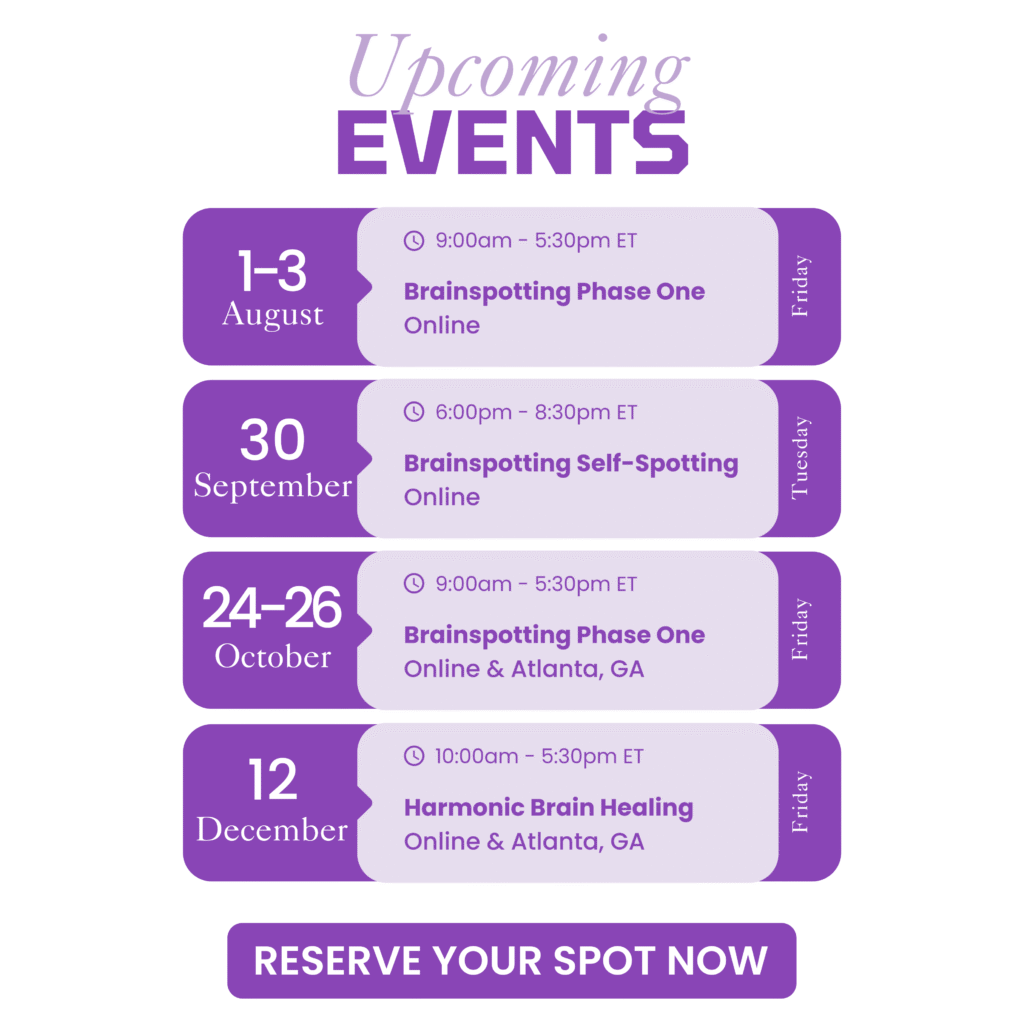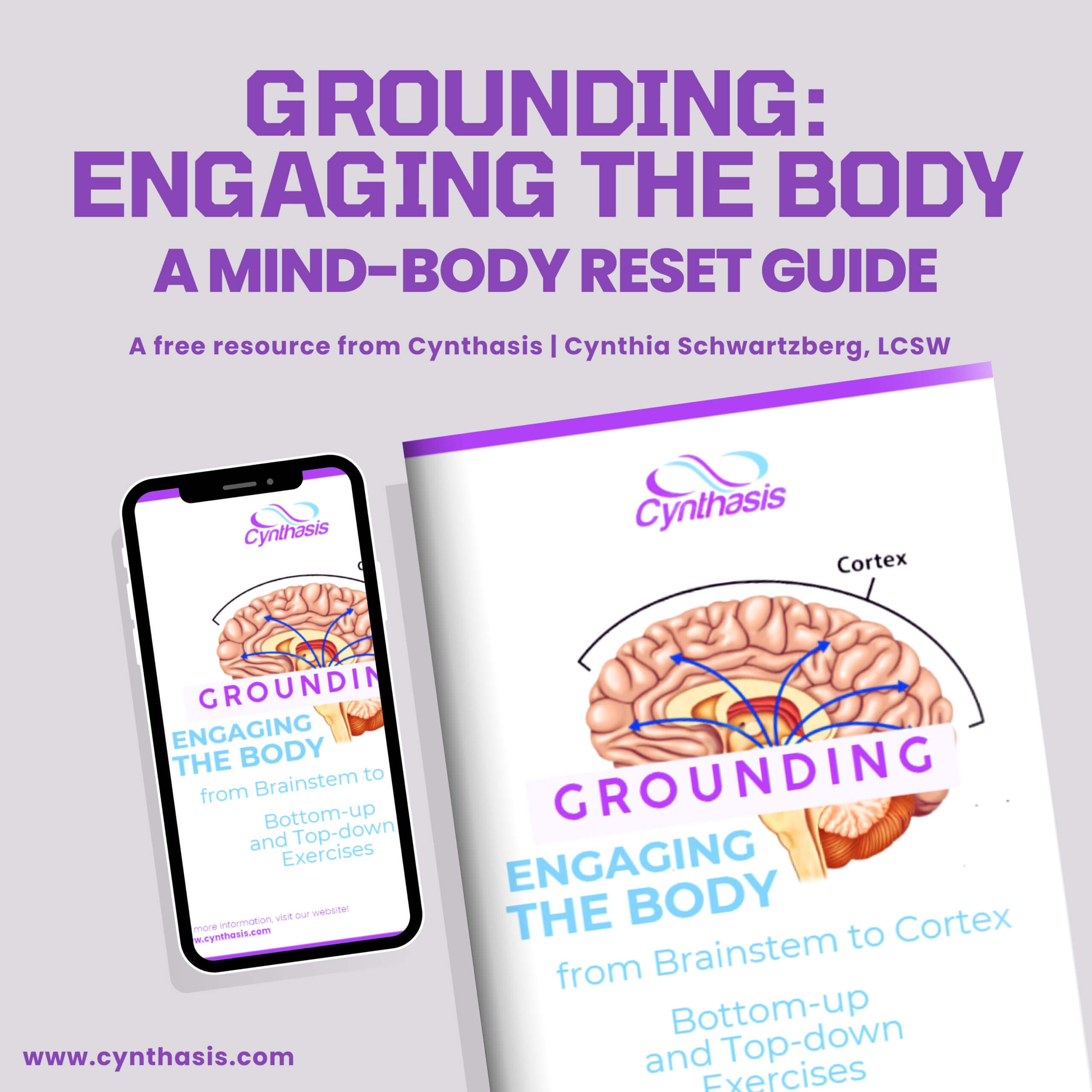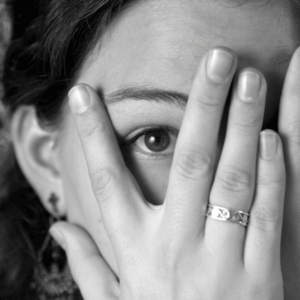 We all know that familiar grip of fear—the way it keeps us locked in old patterns, playing out the same scenarios over and over. But what if there were another way? What if we could choose love instead of letting fear drive our choices?
We all know that familiar grip of fear—the way it keeps us locked in old patterns, playing out the same scenarios over and over. But what if there were another way? What if we could choose love instead of letting fear drive our choices?
The Dance Between Fear and Love
Fear isn’t inherently bad. As Buddhist teacher, Pema Chödrön wisely notes, “Fear is a natural reaction to moving closer to the truth.” It’s when we let fear become our primary navigator that we run into trouble. Fear keeps us stuck in our comfort zone, even when that zone isn’t particularly comfortable anymore.
 I recently witnessed this dance between fear and love in my own life. I caught myself falling into an old pattern of judgment about someone close to me. The familiar thoughts crept in: They’re making a mistake. They’re not living up to their potential. Before I knew it, I was creating distance, building walls, and justifying my withdrawal. Then came the crucial moment of awareness—how was this judgment serving either of us? How was it keeping my heart open?
I recently witnessed this dance between fear and love in my own life. I caught myself falling into an old pattern of judgment about someone close to me. The familiar thoughts crept in: They’re making a mistake. They’re not living up to their potential. Before I knew it, I was creating distance, building walls, and justifying my withdrawal. Then came the crucial moment of awareness—how was this judgment serving either of us? How was it keeping my heart open?
The Power of Shifting Perspective
 When we’re caught in fear-based thinking, we often focus on what’s wrong, what’s missing, or what needs to be fixed. But love offers us a different lens. Instead of fixating on someone’s perceived shortcomings, we can choose to see their full light—their kindness, their humor, their unique gifts to the world.
When we’re caught in fear-based thinking, we often focus on what’s wrong, what’s missing, or what needs to be fixed. But love offers us a different lens. Instead of fixating on someone’s perceived shortcomings, we can choose to see their full light—their kindness, their humor, their unique gifts to the world.
This shift isn’t about ignoring reality or pretending everything is perfect. Rather, it’s about approaching life’s challenges from a place of openness rather than constriction. It’s about asking ourselves: “What would love do here?”
The Practice of Letting Go
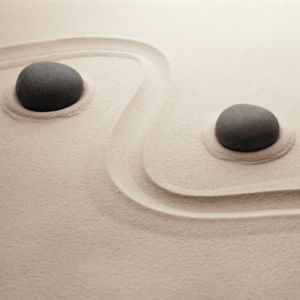 Let’s be honest—letting go of long-held patterns isn’t easy. These patterns have often been with us for years, even decades, becoming deeply embedded in both our psyche and our physical body. The journey of letting go requires patience, self-compassion, and a willingness to get curious about our experience.
Let’s be honest—letting go of long-held patterns isn’t easy. These patterns have often been with us for years, even decades, becoming deeply embedded in both our psyche and our physical body. The journey of letting go requires patience, self-compassion, and a willingness to get curious about our experience.
Here’s how we can approach this practice with greater awareness and gentleness:
- Start with Curiosity: Before trying to change anything. Simply become curious about your patterns. Notice without judgment when you contract in fear or build walls instead of bridges. Curiosity opens the door to new possibilities and helps soften our rigid responses.
- Listen to Your Body: Our bodies hold wisdom about our emotional states. Notice where you feel
 tension, tightness, or discomfort when you’re in reactive patterns. Maybe your shoulders creep up toward your ears, your jaw clenches, or your stomach knots. These physical sensations are valuable messengers.
tension, tightness, or discomfort when you’re in reactive patterns. Maybe your shoulders creep up toward your ears, your jaw clenches, or your stomach knots. These physical sensations are valuable messengers. - Explore the Sensation: When you notice physical tension, try this:
- Take a few deep breaths into the area of tension
- Get curious about the sensation—is it heavy or light? Sharp or dull? Moving or static?
- Ask yourself gently: “What is this tension trying to protect me from?”
- See if you can soften around the sensation, giving it space to be there
 Question your Stories: Behind every fear-based pattern lies a story we’ve told ourselves about what we need to be safe or okay. Get curious about these stories:
Question your Stories: Behind every fear-based pattern lies a story we’ve told ourselves about what we need to be safe or okay. Get curious about these stories:
- What am I really afraid might happen?
- What do I believe I need to protect?
- What’s the deeper need beneath this fear?
- Practice Self-Spotting: Learn to recognize your personal signs that you’re entering a fear-based pattern. These might include:
- Physical symptoms (tension, shallow breathing)

- Emotional reactions (irritability, withdrawal)
- Mental patterns (black-and-white thinking, judgment)
- Behavioral changes (avoiding people, overworking)
- Choose Small Shifts: Instead of trying to transform everything at once, start with small moments of choosing differently. Maybe it’s taking one deep breath before responding or pausing to feel your feet on the ground when you’re stressed.
Finding Serenity in Surrender
 There’s a beautiful paradox in letting go—when we release our grip on how things “should” be, we often find exactly what we need. This doesn’t mean we become passive; rather, we learn to flow with life instead of constantly fighting against it.
There’s a beautiful paradox in letting go—when we release our grip on how things “should” be, we often find exactly what we need. This doesn’t mean we become passive; rather, we learn to flow with life instead of constantly fighting against it.
Serenity comes when we say “yes” to life as it is while still holding space for what could be. It’s about finding that sweet spot between acceptance and positive change.
The Invitation
Today, I invite you to notice where you might be operating from fear rather than love. Where are you holding tight to control? Where might you benefit from loosening your grip? What would it take to consider looking at the situation from a different angle? Could fear be wrong?
Remember, choosing love doesn’t mean you’ll never feel fear again. It means you’re willing to feel the fear and choose love anyway. It means trusting that on the other side of your carefully constructed defenses lies the connection your heart truly desires.
In the end, every moment offers us this choice: Will we contract in fear, or will we expand in love? The decision is yours to make, again and again, one moment at a time.
For more on Letting Go into Love, join me for a free talk on February 5, 2025, 7:00 pm – 8:00 pm Eastern. You may sign up here.
Love isn’t just a feeling; it’s a conscious choice, a way of being in the world. And when we choose to align ourselves with love, we open ourselves to possibilities we never imagined possible. Let’s enjoy the new year with new choices.
Additional Resources
Hardwiring Happiness by Rick Hanson
The Science of Love and Attachment
Let it Go YouTube Meditation by Cynthia Schwartaberg

